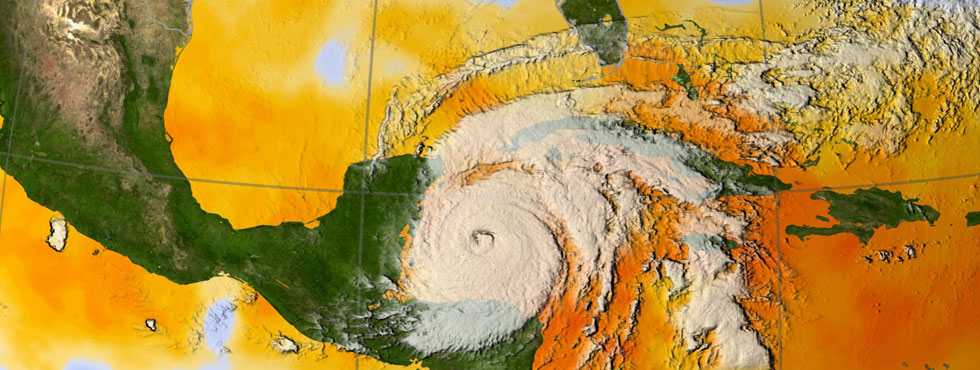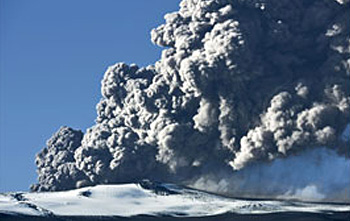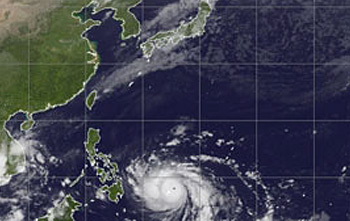
Airline Emergency / Crisis Response Planning
– Natural Disaster –
Introduction
‘Natural Disaster’ is an appropriate title, as the subject here relates to the disastrous (catastrophic) consequences of an act of nature on certain types of flight operations
Relevance to Aircraft Operators
This webpage typically targets aircraft operators whose prime business model is the transport of passengers as part of a ‘package holiday’ (latter generally include flights and accommodation [plus possibly other services] booked together – and are usually marketed by tour operators and / or travel agents). The typical natural disaster of concern to such operators relates to hurricanes (otherwise known e.g. as typhoon, severe tropical cyclone etc.)
Package Holiday / Vacation (Tour Operator) Type Flight Operations
Use of a ‘real-life’ example might best explain what this website page is about:
Solutions & Services
The AERPS consultant (author and owner of the website you are looking at right now) was instrumental in the actual pre-planning, training and testing related to the ‘Airline X’ real life example given just above (in the ‘Read more’ drop-down box) – also acting as ‘expert advisor’ throughout that same operation. Several other ‘operations’ of this type have been similarly conducted by the consultant for Airline X – including operational aspects of the response to the 2010 volcanic ash crisis (March – June 2010) in European airspace
Accordingly, if we can be of similar service to you / your airline / tour operator etc. – please do get in touch
Note 1 – the aircraft operator (passenger airline) natural disaster (hurricane) response plan (FREE guideline document) can be found by clicking HERE
Note 2 – the aircraft operator natural disaster response plan is relatively easily adaptable for ground handling operator purposes – thus there is no separate natural disaster guideline on this website for the latter
Note 3 – The natural disaster response plan guideline for airports is referred to in the separate (FREE) AEP Volume 1 document – Sub-section 4F. Click HERE to view
Note 4 – Please contact us if a WORD version (of any of our PDF documents found on this website) is required. You are reminded of the terms and conditions regarding your use of same
Note 5 – Top of page image by ‘NASA’

NATURAL DISASTER
This part of the website relates to how aircraft operators (more specifically – tour operator / inclusive package airlines) should prepare appropriate crisis response plans, related to the operational implications of natural disasters (particularly hurricanes / typhoons etc.) upon flight operations
(NB: We are not referring above to what might be termed longer term ‘business continuity’ plans – but rather the implementation of an immediate or near-immediate crisis response e.g. the need to evacuate entire holiday resorts and similar)

